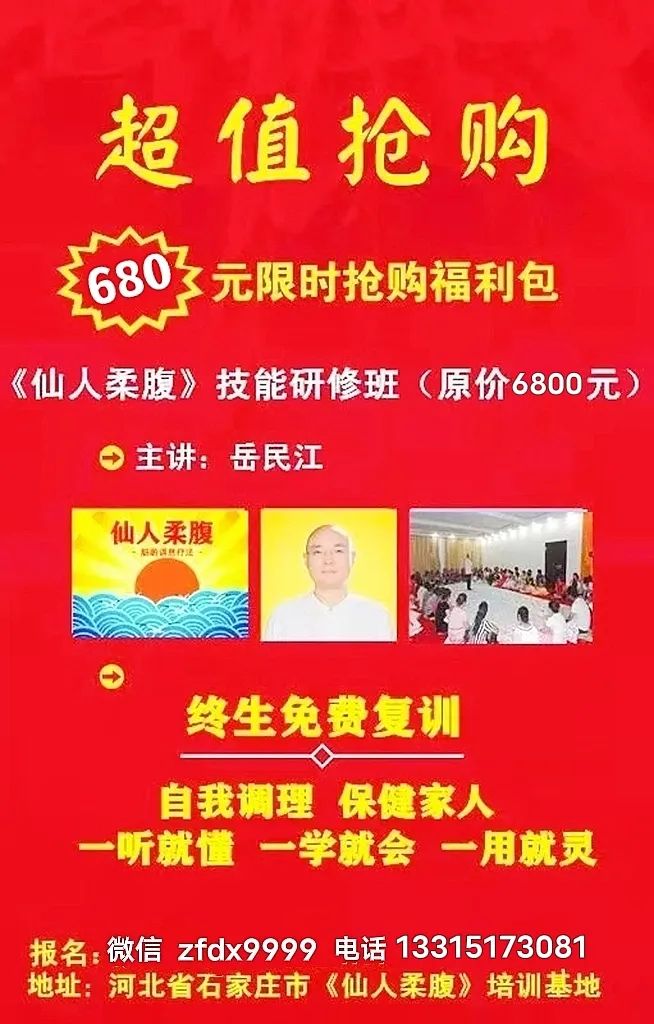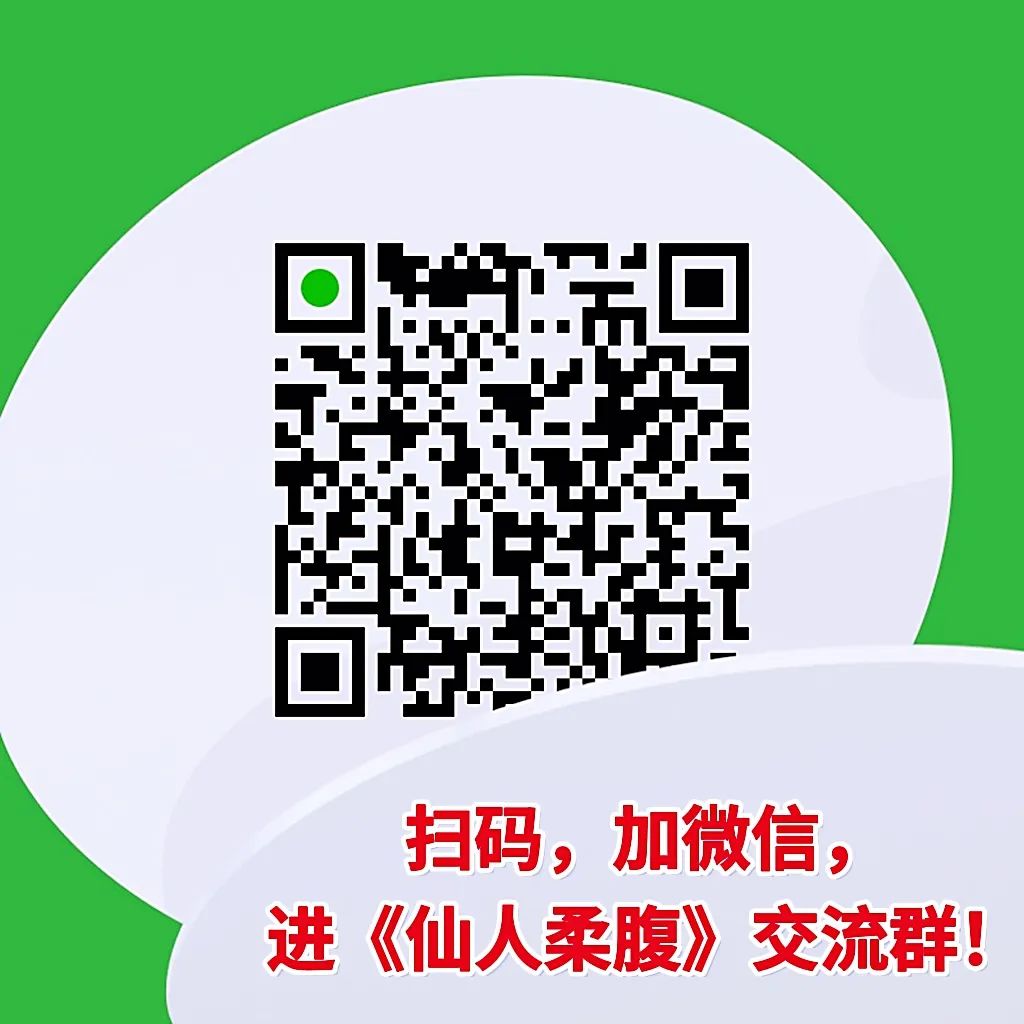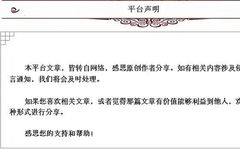Origin In the classic TCM text, the Huangdi Neijing, it is mentioned that based on the different climatic environments of various regions, the ancients developed five common TCM treatment methods according to the five elements: acupuncture, moxibustion, herbal medicine, scraping therapy, and guiding and pressing. Among these, acupuncture, moxibustion, and herbal medicine are well-known in modern society, while scraping therapy is rarely discussed, and guiding and pressing is nearly lost to history.
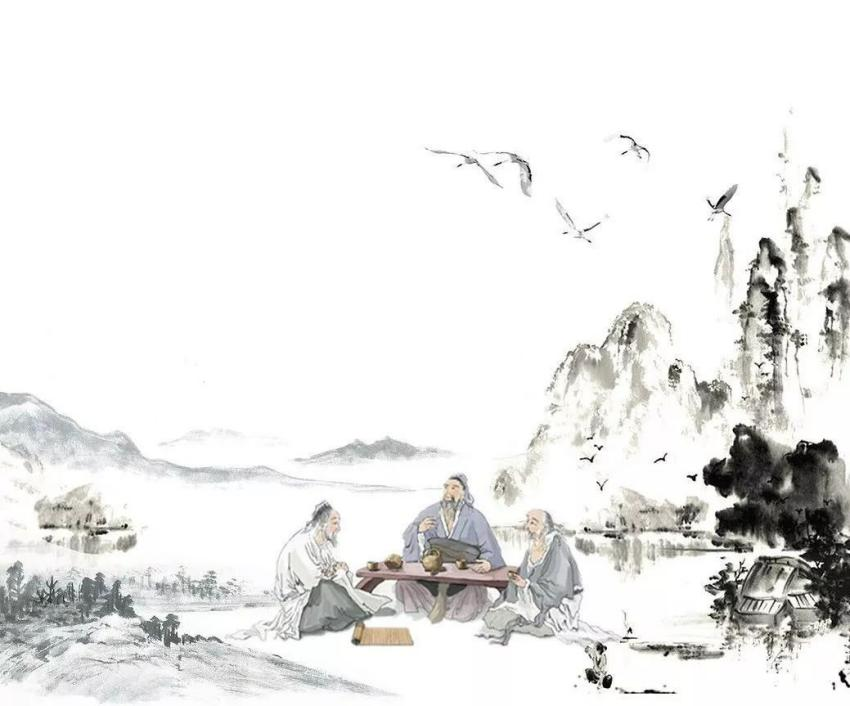
The earliest and most “official” record of guiding and pressing comes from the Huangdi Neijing in the chapter Suwen: On Different Methods and Appropriate Treatments:
“The central region is flat and moist, which is why all things are born. The people there eat a mixed diet without labor, hence they suffer from many diseases such as atrophy, reversal, cold, and heat. Therefore, the treatment should be guiding and pressing, which also originates from the central region.”
This means: Guiding and pressing originated in the Central Plains, where the terrain is flat and the climate is humid, allowing for abundant growth. As a result, the people living in this area often “eat a mixed diet without labor,” leading to the four diseases of atrophy, reversal, cold, and heat. Among these, atrophy refers to diseases characterized by muscle wasting, also known as motor disorders. Reversal refers to conditions where qi and blood flow in reverse, ranging from hiccups to hypertension and cerebral hemorrhage. Cold and heat are also well-known and variable conditions, leading Zhang Zhongjing and Wu Tangju to leave behind the Shanghan Zabing Lun and Wenbing Tiaobian for future reference. In today’s society, 80% of diseases are related to cold and heat. Today, as society progresses, most of us live a life of “eating a mixed diet without labor” and continue to struggle against “atrophy, reversal, cold, and heat,” while the ancient method of guiding and pressing, which could counteract these four diseases, has nearly vanished from public view… Development History The earliest guiding and pressing is closely related to the rise and fall of guiding techniques. The purpose of guiding techniques is to “guide the meridians to harmonize, and lead the body to soften“, which is essentially the precursor to modern qigong. The principles of TCM diagnosis and treatment revolve around the organs, qi and blood, and meridians. Herbal medicine must follow the meridians, nine needles must puncture the acupoints, and moxibustion must guide the qi; all require external mediation… So, how can one treat diseases without herbs or needles? Is it possible to not be hindered by material things, using the physician’s qi to guide the patient’s qi, achieving simplicity? The ancient sages, upon understanding the mysteries of medicine and the body’s qi dynamics, developed a method of using finger pressure on acupoints to stimulate the acupoint’s effects and activate the meridians, named guiding and pressing. However, although early guiding and pressing was highly effective, it consumed a lot of the physician’s qi during use, making it difficult for those not proficient in guiding techniques to practice, thus limiting its spread. Nevertheless, this method was still favored by many physicians. It is said that Bian Que used the guiding and pressing method to treat the Prince of Guo for corpse reversal in the grand hall of Guo State. Chao Yuanfang specifically recorded the use of guiding acupoints for treating different diseases in his On the Origins of Various Diseases.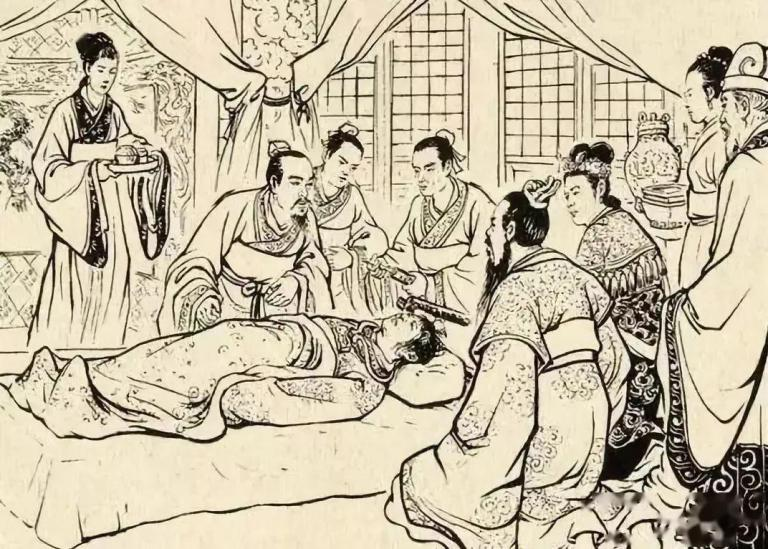 In modern times, amidst continuous warfare in the mainland, the Qing court abolished acupuncture from the imperial physicians, and Western medicine, introduced by Western missionaries, suppressed TCM. The voices of integrating Chinese and Western medicine and seeking ancient teachings rose and fell. In such a tumultuous environment, guiding and pressing fell silent but did not disappear; it continued to be passed down and evolved, integrating more theories, using energy that an ordinary healthy person can control to stimulate the patient’s own qi dynamics. It does not aim to enhance the patient’s qi and blood comprehensively but rather to adjust the meridian flow step by step and firmly from a specific aspect, returning the body to a natural state of yin-yang balance. Advantages of Guiding and Pressing 1. Simple, safe, and painless operationGuiding and pressing is a method that uses finger pressure on acupoints to stimulate the acupoint’s effects and activate the meridians. This extremely simple technique ensures that guiding and pressing is safe, with the unique advantage of being painless—non-invasive, without needles piercing the skin, and without the need to consume bitter, fishy, or astringent herbal concoctions.2. Suitable for a wide range of peopleDue to the safe and painless nature of guiding and pressing, it is suitable for a wide range of individuals, from newborns to the elderly, including pregnant women, disabled individuals, and others. As long as it pertains to internal medicine in TCM and non-contact infectious diseases, guiding and pressing can generally be used for treatment.3. Harmonious doctor-patient relationshipThe doctor-patient relationship is one of the most prominent conflicts in modern medicine. Cases of misdiagnosis, medical disputes, and even assaults leading to the death of doctors are rampant. This is precisely where the advantage of guiding and pressing lies. Each session of guiding and pressing lasts for one hour, during which the doctor and patient engage in one-on-one face-to-face communication, allowing for very in-depth discussions. There is ample time to identify the causes and mechanisms of diseases from daily life details and correct some unhealthy habits. In other words, there is an hour of both mental and “physical” communication. Operation Method When identifying the acupoints, there are three key points to note in the operation of guiding and pressing: light, still, and direction.
In modern times, amidst continuous warfare in the mainland, the Qing court abolished acupuncture from the imperial physicians, and Western medicine, introduced by Western missionaries, suppressed TCM. The voices of integrating Chinese and Western medicine and seeking ancient teachings rose and fell. In such a tumultuous environment, guiding and pressing fell silent but did not disappear; it continued to be passed down and evolved, integrating more theories, using energy that an ordinary healthy person can control to stimulate the patient’s own qi dynamics. It does not aim to enhance the patient’s qi and blood comprehensively but rather to adjust the meridian flow step by step and firmly from a specific aspect, returning the body to a natural state of yin-yang balance. Advantages of Guiding and Pressing 1. Simple, safe, and painless operationGuiding and pressing is a method that uses finger pressure on acupoints to stimulate the acupoint’s effects and activate the meridians. This extremely simple technique ensures that guiding and pressing is safe, with the unique advantage of being painless—non-invasive, without needles piercing the skin, and without the need to consume bitter, fishy, or astringent herbal concoctions.2. Suitable for a wide range of peopleDue to the safe and painless nature of guiding and pressing, it is suitable for a wide range of individuals, from newborns to the elderly, including pregnant women, disabled individuals, and others. As long as it pertains to internal medicine in TCM and non-contact infectious diseases, guiding and pressing can generally be used for treatment.3. Harmonious doctor-patient relationshipThe doctor-patient relationship is one of the most prominent conflicts in modern medicine. Cases of misdiagnosis, medical disputes, and even assaults leading to the death of doctors are rampant. This is precisely where the advantage of guiding and pressing lies. Each session of guiding and pressing lasts for one hour, during which the doctor and patient engage in one-on-one face-to-face communication, allowing for very in-depth discussions. There is ample time to identify the causes and mechanisms of diseases from daily life details and correct some unhealthy habits. In other words, there is an hour of both mental and “physical” communication. Operation Method When identifying the acupoints, there are three key points to note in the operation of guiding and pressing: light, still, and direction.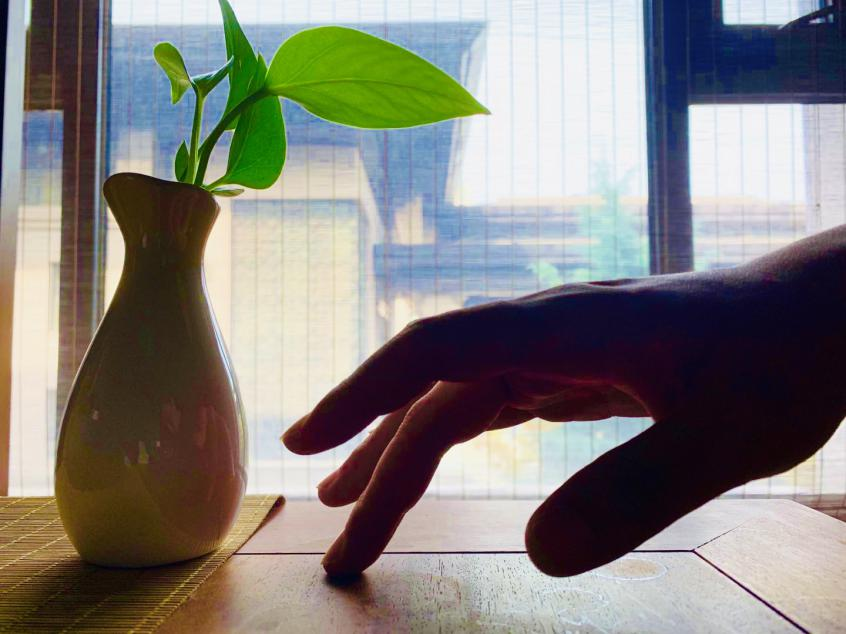 Light| Refers to the lightness of pressure—just a gentle touch on the skin is sufficient, so it should be very light;Still| Refers to remaining still—once the acupoint is located, apply very light pressure and maintain it without rubbing, shaking, or moving around; remain still;Direction| Refers to the direction—in TCM, this is called “following the meridian for supplementation and going against it for drainage,” emphasizing that the direction must be accurate.Once these three points are understood, you have already learned guiding and pressing. Key Operation Points A. Acupoint Supplementation and Drainage DirectionThe direction for supplementation and drainage in guiding and pressing is to use the tip of the middle finger to press the acupoint,following the meridian for supplementation and going against it for drainage. Here, we will specifically discuss what constitutes following and going against the meridian.The human body has twelve primary meridians:Hand Taiyin Lung Meridian, Hand Yangming Large Intestine Meridian, Foot Yangming Stomach Meridian, Foot Taiyin Spleen Meridian, Hand Shaoyin Heart Meridian, Hand Taiyang Small Intestine Meridian, Foot Taiyang Bladder Meridian, Foot Shaoyin Kidney Meridian, Hand Jueyin Pericardium Meridian, Hand Shaoyang Sanjiao Meridian, Foot Shaoyang Gallbladder Meridian, Foot Jueyin Liver Meridian.Among these, the Taiyin, Shaoyin, and Jueyin meridians are yin meridians. The Yangming, Shaoyang, and Taiyang meridians are yang meridians. The direction of the twelve meridians is as follows: when we raise our hands, all the yang meridians run from top to bottom, and all the yin meridians run from bottom to top, except for the Governing Vessel, which is a curious meridian that runs from bottom to top. Therefore, the direction for yang meridians is from top to bottom, and the reverse direction is from bottom to top, while the yin meridians are the opposite. Additionally, it should be noted that guiding and pressing refers to the TCM principle that the five organs store but do not drain, while the six bowels drain but do not store. Thus, except for the liver meridian,yin meridians generally only supplement and do not drain, while yang meridians can both supplement and drain.B. Acupoint Usage TimeEach acupoint should be used for at least 30 minutes and no more than 2 hours.Since the body’s meridians complete a full cycle in approximately 30 minutes, a duration that is too short will not allow the acupoint’s effects to manifest. Conversely, a duration that is too long may lead to acupoint fatigue. The total time for guiding all acupoints in a day should not exceed 3 hours, and only one acupoint on the opposite side should be pressed each day, switching sides the next day. Only one acupoint can be guided at the same time; pressing two or more acupoints simultaneously is prohibited.C. Common Reactions to Acupoint UsageCommon reactions to guiding and pressing include soreness, numbness, swelling, pain, coolness, heat, wind, and dampness. Of course, different individuals may experience various other reactions based on their constitution. Among the common reactions, the first four—soreness, numbness, swelling, and pain—indicate that the meridians are not sufficiently open, which is often felt by those who are new to using acupoints. Once the meridians are open, the latter four reactions—coolness, heat, wind, and dampness—are more commonly felt. Coolness, heat, and dampness can represent the six pathogenic factors in TCM: wind, cold, heat, dampness, dryness, and fire. These pathogenic factors can be expelled through the meridians, and the body will respond with these four reactions based on its condition and the presence of pathogenic factors. However, some individuals may not experience any acupoint reactions, which could indicate good health or that a particular meridian is open. Others may be particularly insensitive to their bodies and may not respond to any guiding, but a lack of sensation does not mean a lack of effect. As long as the method is correct, it will stimulate the meridian’s operation.D. Effects of Acupoint UsageInitially, beginners are more advised to try guiding acupoints on themselves to experience the reactions and effects of the acupoints. Of course, having someone else guide you will yield better results. Guiding a family member tends to be more effective. It is recommended that individuals with significant health issues, such as heart disease or those recovering from major illnesses, avoid guiding others due to insufficient qi and blood. Contraindications※ It is generally not recommended to use acupoints on the stomach meridian and Ren meridian one hour after meals, as this may lead to digestive issues or even vomiting due to qi reversal.※ Women are prohibited from using the spleen meridian acupoints and Hegu acupoint during menstruation, as the spleen meridian has a blood-regulating function, and Hegu has a function of releasing the exterior, both of which may lead to amenorrhea.※ Pregnant women should avoid Hegu and Sanyinjiao acupoints.※ Patients with uterine fibroids should avoid Sanyinjiao acupoint.※ Diabetic patients should use Yinlingquan acupoint with caution.※ Children before puberty should use Ren meridian with caution.※ Additionally, it is emphasized again that except for the liver meridian, yin meridians generally only supplement and do not drain. Aside from issues related to consciousness, the Hand Shaoyin Heart Meridian should not be used; the Pericardium Meridian should be used more often.※ It is not recommended to eat or drink during the process of guiding and pressing.※ Beginners should not use more than three acupoints per day, and the total duration of acupoint usage should not exceed 3 hours.
Light| Refers to the lightness of pressure—just a gentle touch on the skin is sufficient, so it should be very light;Still| Refers to remaining still—once the acupoint is located, apply very light pressure and maintain it without rubbing, shaking, or moving around; remain still;Direction| Refers to the direction—in TCM, this is called “following the meridian for supplementation and going against it for drainage,” emphasizing that the direction must be accurate.Once these three points are understood, you have already learned guiding and pressing. Key Operation Points A. Acupoint Supplementation and Drainage DirectionThe direction for supplementation and drainage in guiding and pressing is to use the tip of the middle finger to press the acupoint,following the meridian for supplementation and going against it for drainage. Here, we will specifically discuss what constitutes following and going against the meridian.The human body has twelve primary meridians:Hand Taiyin Lung Meridian, Hand Yangming Large Intestine Meridian, Foot Yangming Stomach Meridian, Foot Taiyin Spleen Meridian, Hand Shaoyin Heart Meridian, Hand Taiyang Small Intestine Meridian, Foot Taiyang Bladder Meridian, Foot Shaoyin Kidney Meridian, Hand Jueyin Pericardium Meridian, Hand Shaoyang Sanjiao Meridian, Foot Shaoyang Gallbladder Meridian, Foot Jueyin Liver Meridian.Among these, the Taiyin, Shaoyin, and Jueyin meridians are yin meridians. The Yangming, Shaoyang, and Taiyang meridians are yang meridians. The direction of the twelve meridians is as follows: when we raise our hands, all the yang meridians run from top to bottom, and all the yin meridians run from bottom to top, except for the Governing Vessel, which is a curious meridian that runs from bottom to top. Therefore, the direction for yang meridians is from top to bottom, and the reverse direction is from bottom to top, while the yin meridians are the opposite. Additionally, it should be noted that guiding and pressing refers to the TCM principle that the five organs store but do not drain, while the six bowels drain but do not store. Thus, except for the liver meridian,yin meridians generally only supplement and do not drain, while yang meridians can both supplement and drain.B. Acupoint Usage TimeEach acupoint should be used for at least 30 minutes and no more than 2 hours.Since the body’s meridians complete a full cycle in approximately 30 minutes, a duration that is too short will not allow the acupoint’s effects to manifest. Conversely, a duration that is too long may lead to acupoint fatigue. The total time for guiding all acupoints in a day should not exceed 3 hours, and only one acupoint on the opposite side should be pressed each day, switching sides the next day. Only one acupoint can be guided at the same time; pressing two or more acupoints simultaneously is prohibited.C. Common Reactions to Acupoint UsageCommon reactions to guiding and pressing include soreness, numbness, swelling, pain, coolness, heat, wind, and dampness. Of course, different individuals may experience various other reactions based on their constitution. Among the common reactions, the first four—soreness, numbness, swelling, and pain—indicate that the meridians are not sufficiently open, which is often felt by those who are new to using acupoints. Once the meridians are open, the latter four reactions—coolness, heat, wind, and dampness—are more commonly felt. Coolness, heat, and dampness can represent the six pathogenic factors in TCM: wind, cold, heat, dampness, dryness, and fire. These pathogenic factors can be expelled through the meridians, and the body will respond with these four reactions based on its condition and the presence of pathogenic factors. However, some individuals may not experience any acupoint reactions, which could indicate good health or that a particular meridian is open. Others may be particularly insensitive to their bodies and may not respond to any guiding, but a lack of sensation does not mean a lack of effect. As long as the method is correct, it will stimulate the meridian’s operation.D. Effects of Acupoint UsageInitially, beginners are more advised to try guiding acupoints on themselves to experience the reactions and effects of the acupoints. Of course, having someone else guide you will yield better results. Guiding a family member tends to be more effective. It is recommended that individuals with significant health issues, such as heart disease or those recovering from major illnesses, avoid guiding others due to insufficient qi and blood. Contraindications※ It is generally not recommended to use acupoints on the stomach meridian and Ren meridian one hour after meals, as this may lead to digestive issues or even vomiting due to qi reversal.※ Women are prohibited from using the spleen meridian acupoints and Hegu acupoint during menstruation, as the spleen meridian has a blood-regulating function, and Hegu has a function of releasing the exterior, both of which may lead to amenorrhea.※ Pregnant women should avoid Hegu and Sanyinjiao acupoints.※ Patients with uterine fibroids should avoid Sanyinjiao acupoint.※ Diabetic patients should use Yinlingquan acupoint with caution.※ Children before puberty should use Ren meridian with caution.※ Additionally, it is emphasized again that except for the liver meridian, yin meridians generally only supplement and do not drain. Aside from issues related to consciousness, the Hand Shaoyin Heart Meridian should not be used; the Pericardium Meridian should be used more often.※ It is not recommended to eat or drink during the process of guiding and pressing.※ Beginners should not use more than three acupoints per day, and the total duration of acupoint usage should not exceed 3 hours.